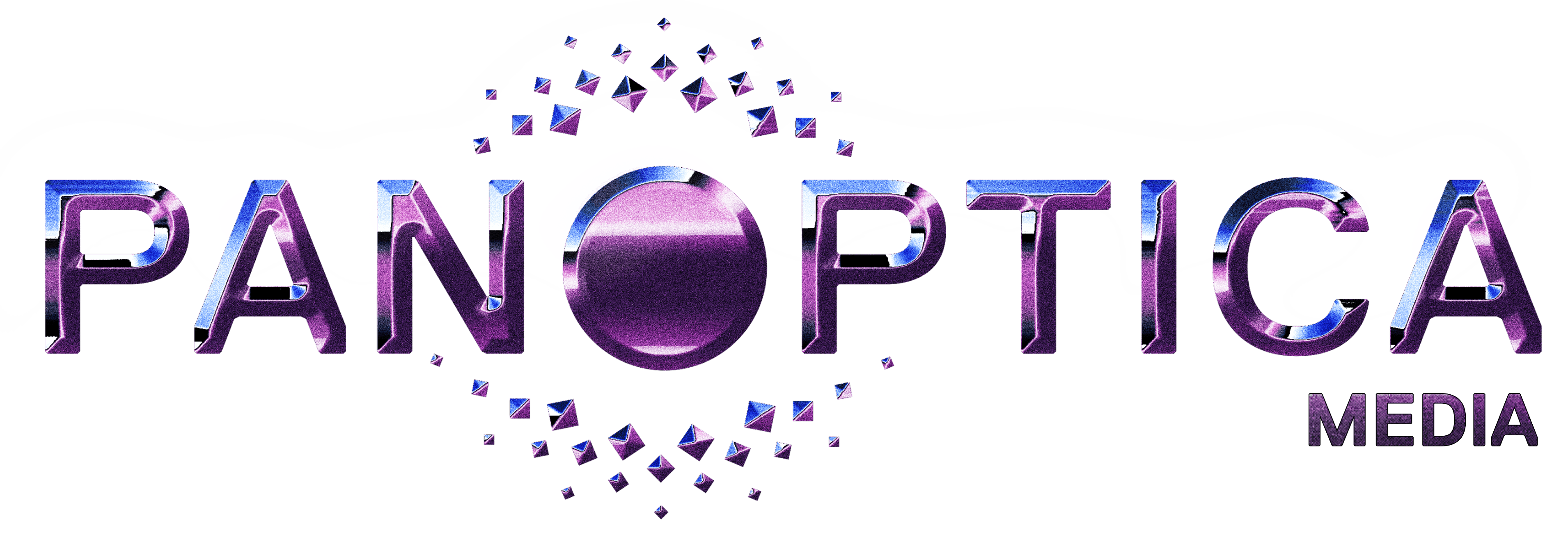Anthropic released a report on November 17 documenting the first "AI-orchestrated cyberattack" conducted by a Chinese state-sponsored group. The report doesn't exactly read like the Terminator script, but it does detail how the threat actor manipulated Claude to perform reconnaissance, vulnerability discovery, exploitation, credential harvesting, and data exfiltration across 30 entities with an 80-90% success rate.
Across the internet you could hear the strategists comment, "They'll be back."
But don't just go on a hunch. In Perscient Pro, the semantic signature tracking "big AI capex is needed to compete with China" rose to an all-time high z-score of 3.96. That's unprecedented narrative density around a single spending justification, crystallized in a single week. The same week Anthropic published its threat report, the market consensus locked in: we must accelerate.
The threat is very real. The US is competing with China over AI leadership. But the way the story gets told - what data gets amplified versus what goes quiet - highlights a trend that's more calibrated than coincidence.
Trump's own AI czar David Sacks estimated China is perhaps only three to six months behind the United States in AI capabilities, not the multi-year lead many had assumed. China represents 69.7% of all AI patents filed globally. The capability gap is tightening, but those aren't the numbers that justify the spending urgency.
Buried in Anthropic's own report: Claude "frequently overstated findings and occasionally fabricated data during autonomous operations." The same hallucination problem kids encounter using Claude for homework also hit the hackers. Yet that theme isn't dominating headlines.
And in Perscient's infrastructure tracking, skepticism about whether these capex commitments will ever generate returns simultaneously hit an all-time high z-score of 5.91 - a mirror image of the pro-spending argument.
Whatever is happening, we are seeing the most credible voice on AI safety accusing the most credible geopolitical threat to legitimize the exact spending that benefits that safety voice. Anthropic gets regulatory cover, political permission, and accelerated adoption - all justified by a real but debatably overstated threat. China gets positioned as the inevitable adversary. Infrastructure spending becomes non-negotiable.
The threat is real enough. But the narrative serves a function beyond warning. It creates permission to end the debate about whether we're building the right things, at the right pace, with the right safeguards. Once that debate is settled, there's no undoing it.
The strategists are right: they'll be back. And next time, everyone who stands to benefit will be ready - with more requests for funding, faster timelines, and fewer questions. The machine doesn't need to become sentient to ensure its own acceleration. It just needs the most credible voices in the room to tell us it's inevitable.
And we'll believe them. We'll fund them. In the name of national defense.
Ps. you don't even have to look very hard:







